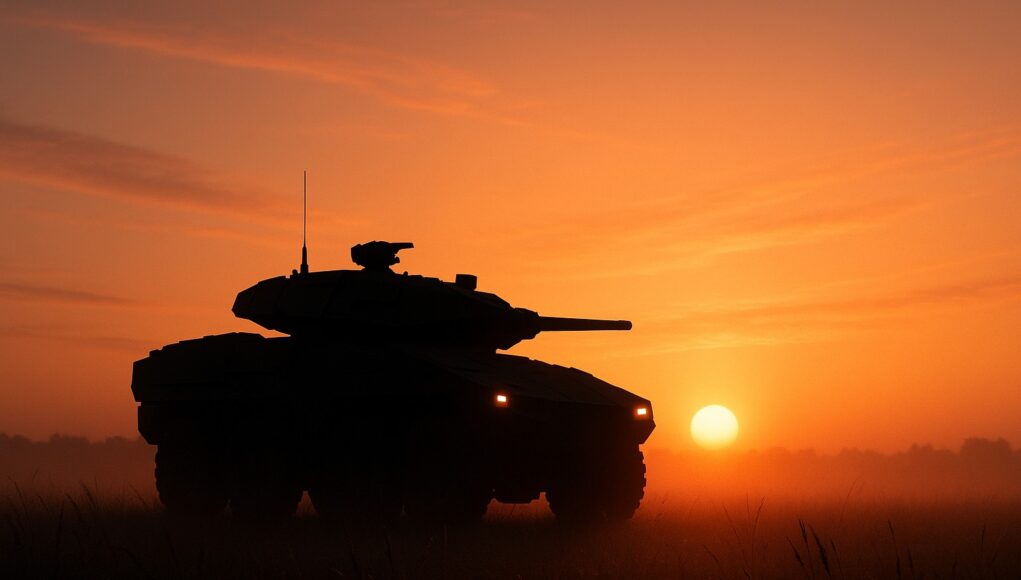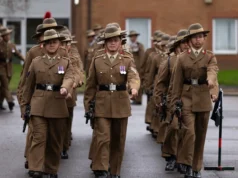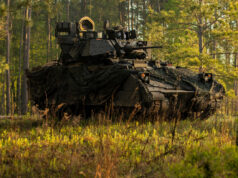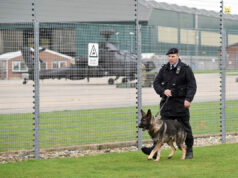The UK is expanding defence industrial collaboration with NATO allies across several armoured vehicle programmes, according to Defence Minister Luke Pollard.
Pollard said the UK’s new Defence Industrial Strategy “puts international collaboration at the start, and at the heart, of procurement,” adding that a new Director General for International Collaboration and Exports has been established within the Ministry of Defence to drive this effort.
The UK is working with allies on three key British Army programmes: Ajax, Boxer, and Challenger 3. Each is at a different stage of delivery, but all are considered central to the Army’s modernisation and NATO interoperability objectives.
Earlier this year, the UK also reaffirmed plans to partner with Germany on the development of new artillery and bridging systems under the Trinity House Agreement, strengthening bilateral cooperation on land systems integration.
Looking ahead, the Land Mobility Programme remains in its concept phase but is already exploring multinational approaches to future vehicle design and sustainment.
At DSEI 2025, the UK formally joined the Common Armoured Vehicle System (CAVS) programme alongside Norway, Denmark, Finland, Germany, Latvia, and Sweden. The collaboration aims to identify shared requirements, reduce development costs, and promote common logistics and maintenance frameworks across NATO nations.
Pollard said these initiatives not only enhance interoperability but also support UK industry and exports. “The partnerships generate billions of pounds worth of export opportunity and support thousands of skilled jobs at key sites across the UK,” he said.














What has not been said is that international collaboration on designing, developing and producing AFVs for the British Army is the only way forward for us. It is a direct consequence of HMG allowing our national AFV Industry to atrophy. We used to have five AFV manufacturers (Vickers Defence Systems, VSEL, Alvis, GKN and RO plc); then all were swallowed up by BAE, which did not get any MoD orders for new AFVs over 20 years. BAE did not even get a comprehensive programme of upgrades to in-service vehicles to keep them ticking over. The only significant upgrades that I recall is the conversion of some Scimitars to Mk2s (just 50 out of 600 that had been built in 2011/2012) and 1,000 FV430s (out of c.2,500) to Bulldog in 2006/7.
Well said, Graham.
One of the many things screwed by the sandbox wars.
To be fair with them wars there was still no reason why they couldn’t have bough5 from British company’s , other than the e.u rules that we follow on vehicle procurement
There is no EU rule on military equipment.. a nation buys what the hell it wants from who it wants..there are no competition rules in regards to military equipment.
You are kinda true in the fact that technically since 2023 it can however the government has signed us up to so many different things that in reality we can’t just buy from whoever we want
” advanced stage of delivery” Really?
More old news, half truths, and spin spun as a positive.